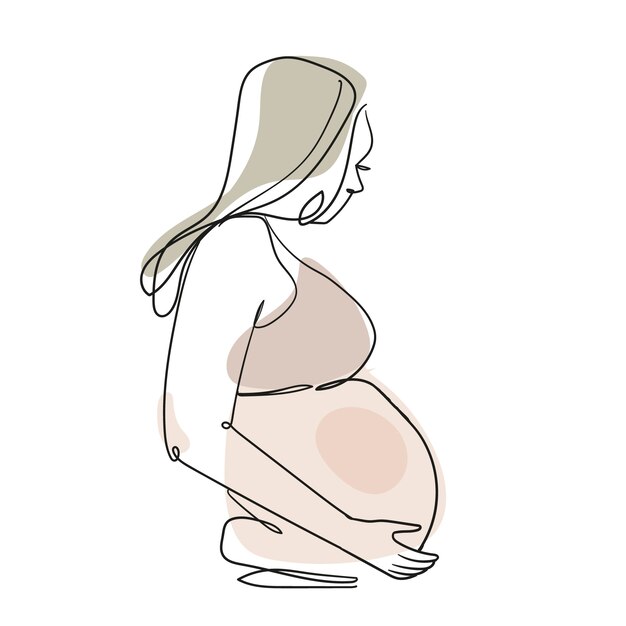The Cost of Surrogacy in Canada: A Breakdown
Surrogacy is a fertility treatment that is growing globally both in popularity and in demand. A major reason for this is the progress and advancements in the technology for the process, which serves to make it a bit easier and more economical to carry out. However, a major challenge to surrogacy is the heavy financial investments that are needed to successfully carry it out. Some people don’t understand the cost of surrogacy in Canada and they want a breakdown. Carrying out proper research about the costs will ensure that the person who wants it will make smarter and better choices about the surrogacy treatment, especially as the treatment is not cheap.
What is surrogacy?
Surrogacy is a type of assisted reproductive technology where a woman that is referred to as the surrogate accepts to carry a pregnancy to term for another person or a couple that is called the intended parent or parents. After the baby is delivered, the surrogate gives the baby over to the intended parents who then assume legal parenthood and responsibility over it. Surrogacy can be traditional or gestational.
In traditional surrogacy, the intended father’s sperm is artificially inseminated into the surrogate using her eggs to conceive. In gestational surrogacy, the intended parents or donors provide the sperm and eggs needed to create the embryo. It is then transferred to the surrogate’s uterus where it is carried to term and delivered. Surrogacy can be either commercial or altruistic. It is commercial when there is financial compensation involved. It is altruistic when the surrogate performs the surrogacy without expecting payment.
Cost of Surrogacy in Canada
Stating the exact cost of surrogacy would be erroneous, as it is difficult to determine. Hence, the cost of surrogacy in Canada is usually estimated, in case you need a breakdown. In Canada, commercial surrogacy is illegal. The only accepted form of surrogacy is the altruistic type. However, the surrogate is entitled to be reimbursed for all her expenses that are directly tied to the surrogacy treatment. In Canada, and everywhere else, no two surrogacy processes are the same. This also impacts in trying to predict the cost of surrogacy. This is especially so in instances where the surrogate experienced a difficult delivery and is confined to bed rest afterwards. It will lead to more expenses incurred, which may not be so in the instance that the surrogate experienced a relatively uncomplicated pregnancy and delivery.
What are things that may be reimbursable in Canada?
According to the Canadian Assisted Human Reproduction Act, the surrogate is permitted to be reimbursed for all her reasonable expenses, like
- medications,
- lost wages,
- maternity outfits,
- transportation expenses,
- groceries,
- dependent care,
- counselling,
- communication expenses,
- legal fees,
- health expenses,
- disability or life insurance,
- parental exercise, etc.

This list does not exhaust all the expenses that can be incurred, there will always be categories of expenses that are not listed in the regulations. Therefore, the regulations build in a broad general category for services and products that have been recommended in writing by the doctor or an individual who is authorized by the laws of a province to monitor or provide healthcare to pregnant women. This created an important flexibility to recognize that there are no laid down approaches to cost listing, as all surrogacies are not the same.
Preventing double-recovery or profiting from the surrogacy process
It is also important to note that the surrogate cannot be reimbursed from other sources and still claim the same reimbursement from the intended parents. This implies that the surrogate must certify that she has not received reimbursement from other sources. It is done before she can receive her refundable expenses from the intended parents. This is to prevent her from committing double-recovery or profiting from the surrogacy process. This happens when the surrogate submits her reimbursable expenses to two sources that will cover the same expense. An example of this is if the expense for reimbursement is a medical expense. The surrogate cannot submit the expense for the reimbursement to her insurer and the intended parents.
Another example is in the case of reimbursements for wage loss. The surrogate must not have received the wage loss benefits from another source, like disability benefits or employment insurance. She must not receive these and still claim the full amount from the intended parents. The difference between the net wage loss and the benefit received is what can be claimed by the surrogate. The most important thing to note is that the surrogate must not profit from the surrogacy. This is why the intended parents, especially first-timers must work with a surrogacy agency that understands the regulations and possesses a solid financial program. These are in place to ensure that the surrogate complies with the regulations. This will help to protect the intended parents and the surrogate.
What is a declaration of expense document?
This is a document that is provided and signed by the surrogate. The declaration contains the following information:
- The surrogate’s name and address;
- the type of expenses incurred;
- the date of incursion;
- the amount reimbursed;
- Along with the cost of the trip, the address, the starting and ending points, and the kilometres travelled.
- A declaration attesting to the fact that the costs were incurred during the surrogacy process
- A breakdown of each cost
- A declaration indicating that all expenses have only been covered by the intended parents. This is to ensure they haven’t benefited from double recovery.
- An affirmation that every piece of information in the declaration is true and comprehensive
- A copy of the physician’s prescription or letter approving the purchase
The intended parents or the agents must also sign the declaration that the expenditures have been reimbursed. These documents must be kept for at least six years after the surrogacy treatment. This includes all the supporting documents like receipts and invoices as well. This is a new requirement under the Canadian regulations.
The information provided in this blog is for educational purposes only and should not be considered as medical advice. It is not intended to replace professional medical consultation, diagnosis, or treatment. Always consult with a qualified healthcare provider before making any decisions regarding your health. Read more







